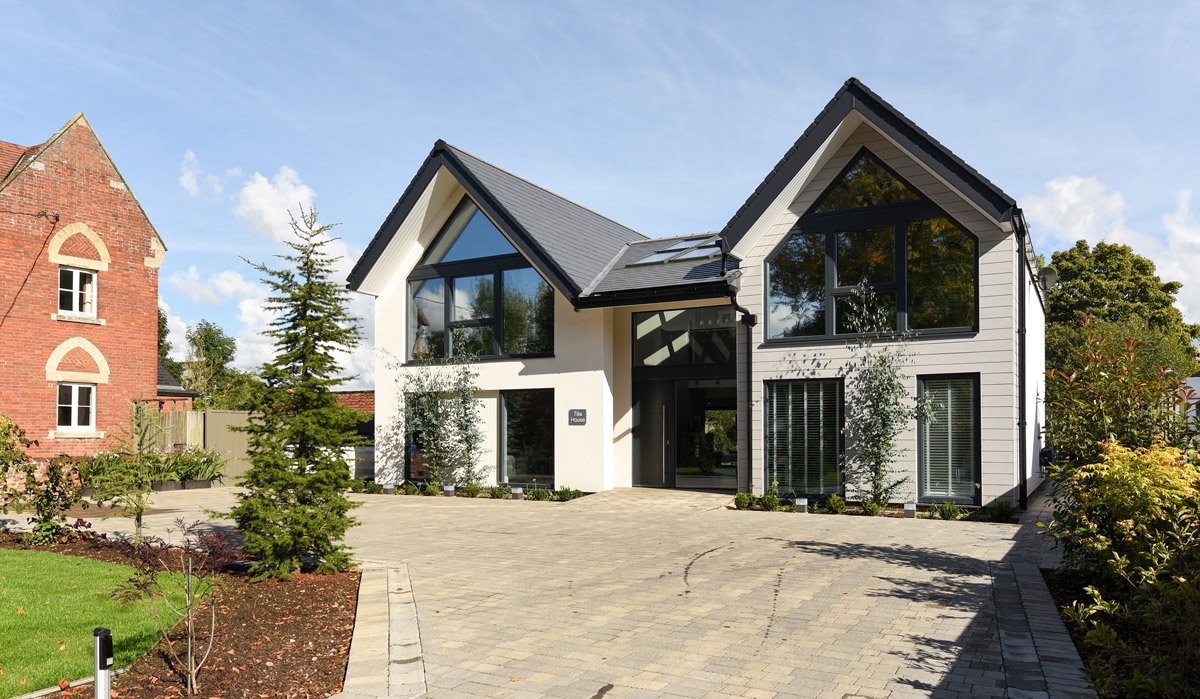Housing construction collapsed during the Great Recession and remained at a low level for several years. More new homes were completed in 2019 than any other year in the past decade, and yet far fewer homes were built last year than any other year without a post-war recession. Specifically when adjusting for population size, which is critical to predicting household formation, we are currently building only about 2.6 single-family homes per 1,000 Americans, compared to a historical average of nearly 4. Some of the challenges hindering new construction are a lack of arable land and the funding to acquire it; Labor shortage as vacancies for construction workers remain unfilled; and cumbersome approval processes that add time and cost to the construction process.
 On the eve of the pandemic, there were promising signs of a significant increase in home construction. From February 2020 to June 2020, more than 1.5 million new buildings started monthly (on an annual basis). Those numbers fell in July but home builders confidence has fallen. Come back and now, in October 2020, construction began again at an annual pace of over 1.5 million homes, suggesting a robust pipeline of expanded housing supply in the near future Foreshadows the future.
On the eve of the pandemic, there were promising signs of a significant increase in home construction. From February 2020 to June 2020, more than 1.5 million new buildings started monthly (on an annual basis). Those numbers fell in July but home builders confidence has fallen. Come back and now, in October 2020, construction began again at an annual pace of over 1.5 million homes, suggesting a robust pipeline of expanded housing supply in the near future Foreshadows the future.
New households are formed by both renters and home buyers, but first-time home purchases in particular have become more difficult as saving for a down payment becomes more difficult in an environment where home price growth is rapidly outpacing income growth. Higher student debts and rising rental costs contribute to savings difficulties. But even if first-time buyers could save the same proportion of their income as their parents’ generation thanks to the rapidly rising property prices and the steadily increasing price-performance ratio, it would take them years longer to save a reasonable amount.





